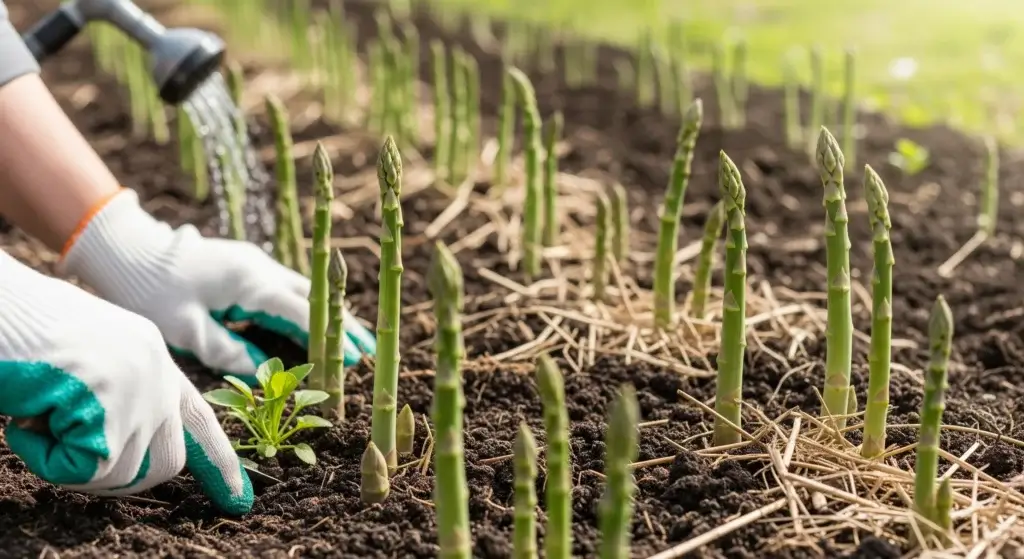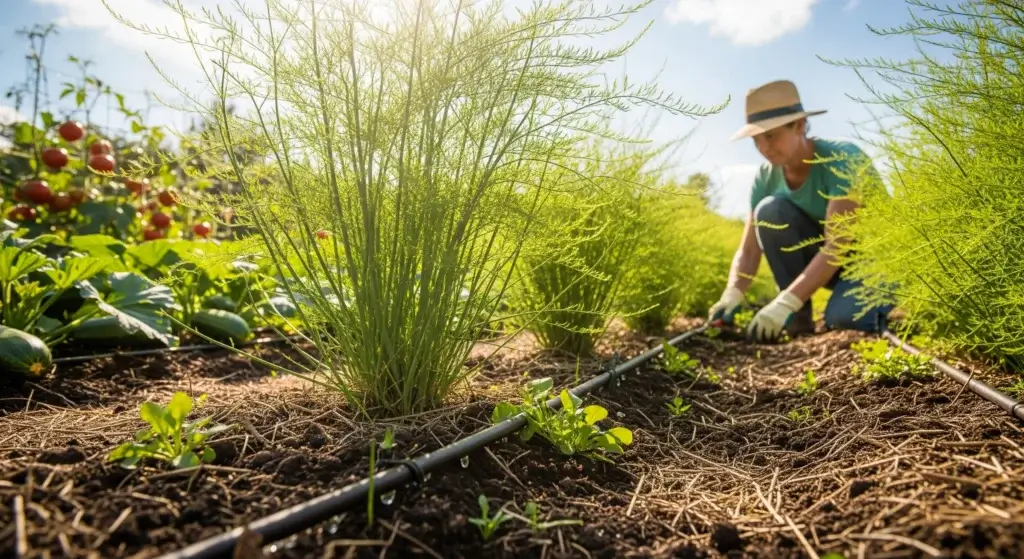
Pothos, a favored houseplant celebrated for its low-maintenance nature and appealing foliage, occasionally encounters the issue of brown spots on its leaves.
In this article, we delve into the origins of brown spots on pothos leaves and offer practical tips for troubleshooting and effectively treating this concern.
Unravel the mystery behind these blemishes to ensure your pothos retains its aesthetic charm and thrives in optimal condition.
Causes of Brown Spots on Pothos Leaves
Brown spots on pothos leaves can be caused by a range of environmental issues, nutritional imbalances, pests, and diseases.
Here are some of the most common causes:
- Read also: A Guide to Dracaena Colorama Care
- Read also: How to Care for Snake Plants Outdoors

Environmental Issues
Overwatering
Root rot, stemming from excessive moisture in the soil, is a primary culprit behind brown spots on pothos leaves.
To counter this, it is imperative to allow the soil to thoroughly dry between watering sessions.
Additionally, ensuring proper drainage in the pot aids in preventing waterlogged conditions.
Underwatering
On the flip side, inadequate watering can also result in brown spots.
To mitigate this, it’s essential to water the pothos generously when the soil feels dry to the touch.
Consistent moisture, balanced with proper drainage, fosters a conducive environment for the plant’s well-being.
Light issues
Pothos plants thrive in bright, indirect light.
Excessive exposure to direct sunlight can trigger brown spots on the leaves.
Conversely, insufficient light can lead to the plant becoming leggy and feeble.
Striking the right balance by placing the pothos in a location with ample but filtered sunlight ensures optimal growth.
Temperature & humidity
Pothos plants revel in warm temperatures and high humidity.
Exposure to cold conditions or low humidity levels can contribute to the development of brown spots.
Maintaining a suitable environment, particularly during colder seasons, aids in preventing stress-induced blemishes on the leaves.
Nutritional Imbalances
Nutrient deficiency
When essential nutrients like nitrogen, phosphorus, or potassium are lacking, pothos leaves may develop brown spots.
These nutrients play a pivotal role in the plant’s growth, and their absence can hinder crucial physiological processes.
To rectify this, consider using a well-balanced fertilizer designed for indoor plants.
Regularly monitoring nutrient levels ensures the sustained health of your pothos.
Fertilizer burn
While fertilizing is essential for plant health, overdoing it can lead to fertilizer burn, resulting in brown spots on the leaves.
This occurs when the concentration of nutrients becomes too high, causing damage to the plant tissues.
To prevent fertilizer burn, adhere to recommended fertilizing schedules and dilution ratios.
Choosing a balanced, water-soluble fertilizer designed for houseplants minimizes the risk of over-fertilization.

Pests & Diseases
Common pests
The most common pests that affect pothos plants include:
- Spider mites: These tiny pests commonly attack a wide range of indoor plants, including pothos.
- Mealybugs: Mealybugs appear as white, cottony masses and can be found in the leaf axils, on the lower surfaces of leaves, and even on the roots of pothos plants.
- Scale insects: Scale insects look like bark-colored bumps on the stems and leaves of pothos plants.
- Thrips: Thrips are small, slender insects that feed on the leaves and flowers of pothos plants.
- Whiteflies: Whiteflies are small, flying insects that can cause damage to the leaves of pothos plants.
- Fungus gnats: These pests can affect the soil of pothos plants. The larvae feed on organic matter in the soil, and the adults can be found flying around the plant.
- Aphids: Aphids are small, soft-bodied insects that can be found on the leaves and stems of pothos plants.
Diseases
- Bacterial wilt: Bacterial wilt is a potential threat to pothos plants. This disease can result in brown spots on the leaves, accompanied by distressing signs of yellowing and wilting.
- Bacterial leaf spot: This bacterial infection not only affects the aesthetics of the plant but also weakens its overall health.
Advanced Troubleshooting Tips

If you have tried the above tips and are still experiencing brown spots on your pothos leaves, here are some advanced troubleshooting tips:
Repotting
Address underlying issues like root rot or nutrient deficiencies by opting for repotting.
Transferring your pothos to fresh, well-draining soil can rejuvenate its root system and promote healthier growth.
Ensure the new pot provides ample room for root expansion.
Pruning
Give your pothos a fresh start by engaging in strategic pruning.
Remove damaged or diseased leaves to enhance the plant’s overall health and encourage the development of new, vibrant foliage.
Use clean, sharp pruning shears to minimize stress on the plant.
Pest control
Combatting pests is crucial in preventing further damage to pothos leaves.
Inspect the plant carefully for signs of pests such as spider mites or aphids.
Utilize appropriate insecticidal treatments or natural remedies to effectively eliminate the pests, ensuring the health of your pothos.
Disease control
If diseases persist, take proactive measures to treat your pothos for potential bacterial or fungal issues.
Apply suitable fungicides or bactericides according to recommended guidelines to arrest the spread of diseases.
This preventive approach safeguards the foliage from further damage.
- Read also: Mastering Dragon Wing Begonia Care
- Read also: Exploring the Best Bougainvillea Fertilizers
Conclusion
Brown spots on pothos leaves may arise from various factors such as environmental issues, nutritional imbalances, pests, and diseases.
By identifying the root cause and applying suitable troubleshooting measures, you can support the health and aesthetic appeal of your pothos plant.
Understanding these potential triggers and taking appropriate action will contribute to the vitality and beauty of your pothos.



